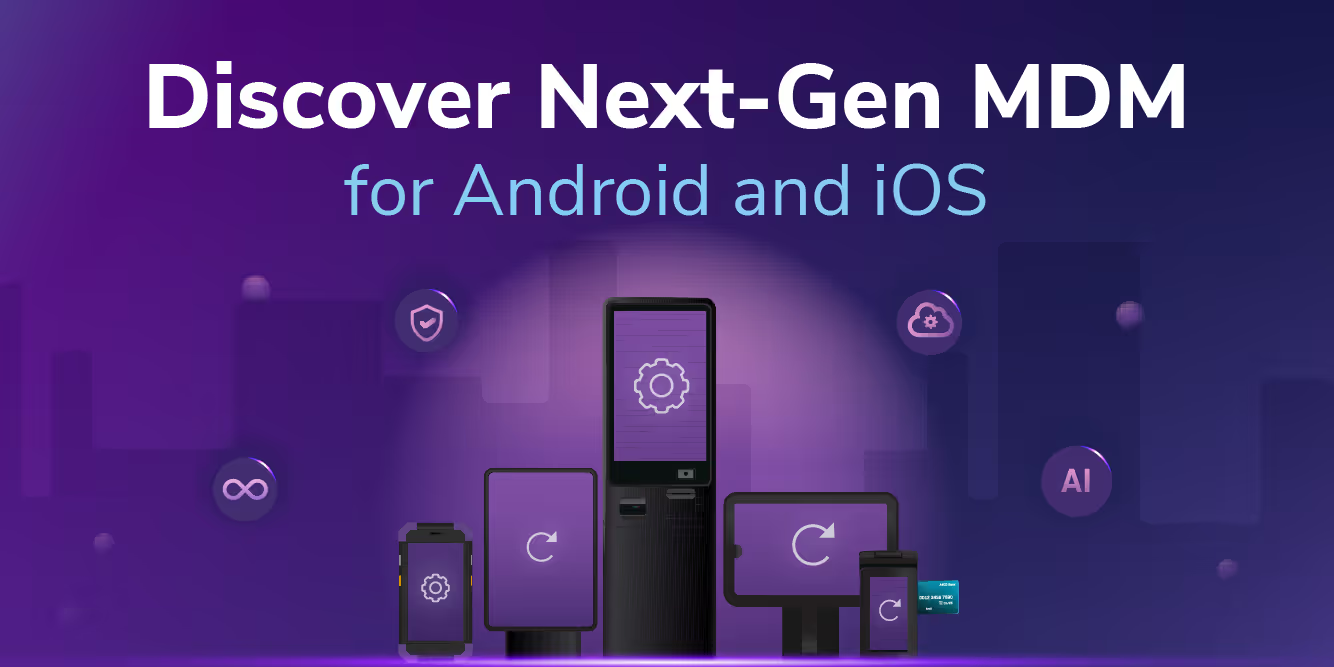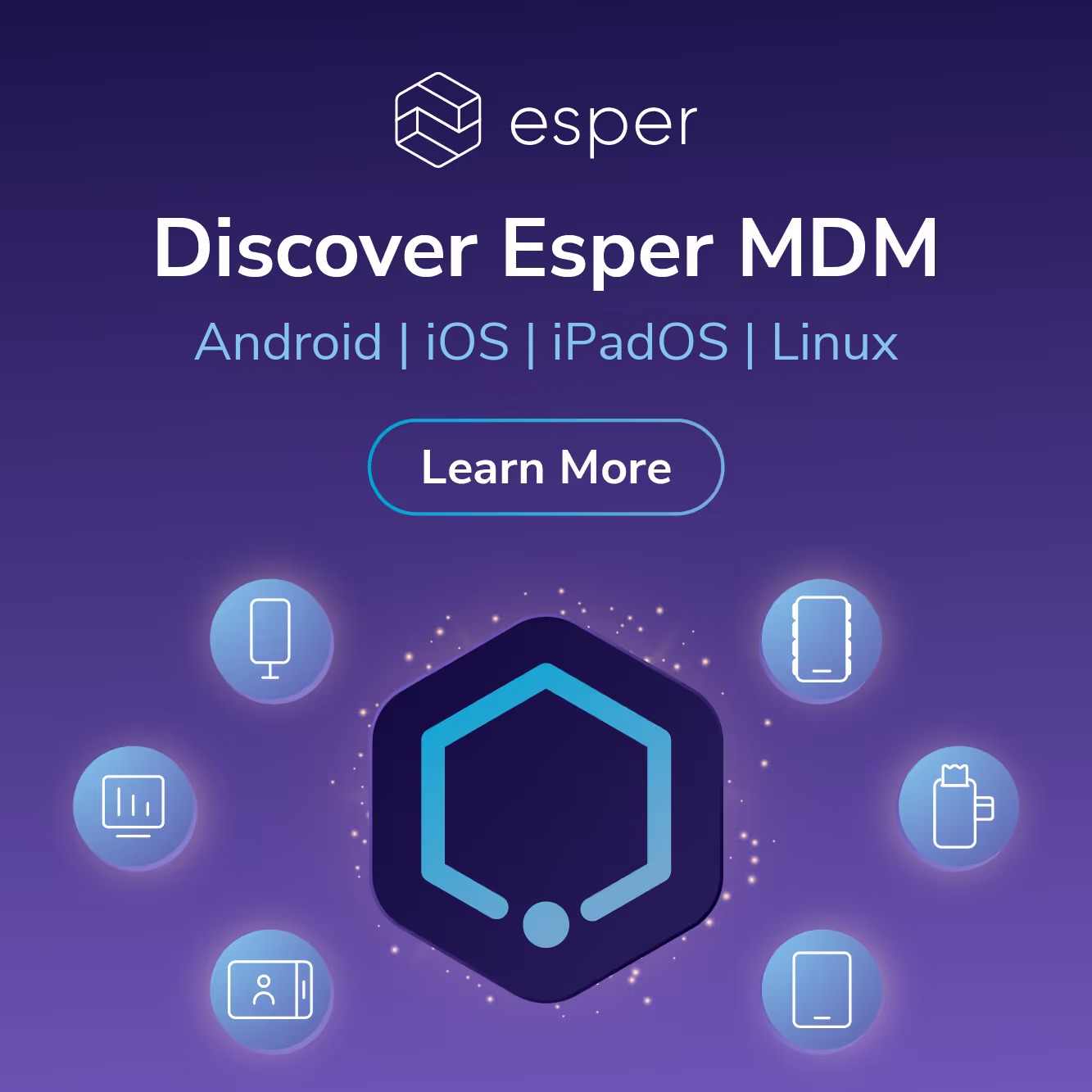An APK is the file package used for apps on Android. It is a compressed archive that contains the necessary resources to install an application on an Android device, such as a smartphone, tablet, or smartwatch.
What’s In an APK?
An APK contains a number of file directories. The most important is the ‘lib’ directory, where the compiled application code resides, but other critical components like application resources, classes, cryptographic signature, and the app manifest are also contained in a typical APK’s directories.
Most APKs are distributed by Google on the Google Play Store, the official app store for Android. APK variants are served by the Play Store depending on the target device configuration, including its version of the Android operating system (specifically, its API level), its processor runtime (ARM, ARM64, x86, MIPS), and screen DPI. This allows the Play Store to distribute APKs with the minimum necessary file size, reducing download time for apps. It also can make resharing APKs tedious, since an APK downloaded for one device may not be optimized or even compatible with another, despite coming from the same Google Play Store listing.
Further complicating the issue of what is “in” a typical APK are APK splits, part of what are known as APK bundles, a highly optimized distribution method for APKs now used by many applications on the Google Play Store. APK splits serve only the necessary components to a device based on its configuration, region, language, and other variables, and these components are downloaded piecemeal (i.e., as discrete files) to an end user’s device when an app is installed or updated from the Play Store, rather than as a monolithic APK. APK splits are not easily installable by end users without the help of a third-party application.
How Do You Install APKs?
Aside from the official means through the Google Play Store, by enabling “Install apps from unknown sources” on an Android device, you can install an APK file as you would an application on a typical desktop operating system. You must do so for whichever app the APK was downloaded from (e..g, the Chrome browser), and the exact method for doing so may vary slightly by device manufacturer and Android version. This process is commonly known as “sideloading.” APKs can also be sideloaded by connecting your device to an external computer (mac, PC, Linux) and using the adb (Android Device Bridge) tool in the command line interface. For developers frequently testing applications (or, if you are installing many apks on a single device), the adb method is often simpler than working through Android’s interface.
Once a downloaded APK is successfully installed on your device, even if that app was not downloaded from the Google Play Store, the Play Store will then attempt to find the most recent version of that app the next time it checks for updates for your device. (This assumes the device has the Google Play Store and Google Play Services, of course. If it does not, then it will not check for updates.)
Sideloading split or bundled APKs is significantly more challenging. First, you’ll need a way to source a bundled APK that contains all the necessary “splits” (individual components) for that app to successfully install and run on your device. Because the Google Play Store does not make obtaining such bundles easy or straightforward, that means you’ll need to find a reputable source to download them (one such place is APKMirror). Then, you’ll need an app to install the bundled APK you’ve downloaded (again, APKMirror publishes such an app), as the process of installing a bundled APK requires some logic — the necessary splits for your device need to be identified and installed in the correct order.
Are APKs Safe to Install?
Like any executable file you choose to download and run on a computer, APKs are only as safe as the source they are acquired from. Many pirated or tampered APKs exist online, and these APKs could contain malware or other malicious code. While robust, there is no guarantee that Android’s built-in security and protection mechanisms will flag a malicious APK. That’s why it’s incredibly important to know the provenance of any APK you install manually on an end device.
Large, reputable repositories of APKs exist online. Some, like APKMirror, even validate the signatures of applications uploaded to their platforms against the signatures of those apps as they appear on the Google Play Store — effectively guaranteeing the authenticity and integrity of the APKs they host. But downloading APKs from a third party source (i.e., outside the Play Store) represents some level of risk, given that these apps are distributed outside the security protocols of Google’s app store. That said, legitimate sideloaded APKs behave exactly as APKs from the Google Play Store do, and will receive any updates via the Play Store from the point of install forward.
Can I Run APKs on Windows? Can I Run APKs on iOS? Can I Run APKs on ChromeOS?
For some time, it has been possible to run APKs on Windows using the Windows Subsystem for Android (or WSA). However, Microsoft announced in March 2024 that WSA would be deprecated in March 2025, and Android app compatibility would cease. Many third-party Android emulators exist for Windows, though there’s no guarantee that APKs will function properly on Windows, given these emulators can’t run the Google Play Store and Google Play Services, which many apps rely on for certain functions (for example, cloud push notifications, embedded Google Maps, in-app payment services, and more.)
There is no way to run APKs on iOS devices like the iPhone and iPad. iOS is a different operating system and Apple does not allow Android emulators on the App Store. Some Android emulators may be available for jailbroken versions of iOS, but iOS hasn’t had a major jailbreak exploit made public in over two years (i.e., since iOS 16).
ChromeOS (Chromebooks) supports running APKs and has for years now. Most Chromebooks now ship with the Google Play Store preinstalled, though you can install APKs directly to your Chromebook, as well, by downloading a file manager app from the Play Store, then running your downloaded APK through that file manager (i.e., inside the virtualized Android instance running on your ChromeOS device).
What if My APK Won’t Install?
There’s a long list of reasons an APK might not install or run correctly on a given Android device. The APK could be for the wrong version of Android, it could be for the wrong processor type, or it could be designed for a different device form factor (i.e., Android TV, Wear OS). It’s hard to say the reason since it’s likely unique to each situation.
Need to Remotely Install APKs to Android Devices in Bulk?
If you need to deploy APKs to a fleet of Android devices remotely, Esper has the tools you need. Our remote software deployment pipelines allow you to push APKs to single devices or multiple devices all at once in stages. Say hello to app update nirvana. Head here to learn more about our software delivery systems.
FAQ
Keep Exploring


















